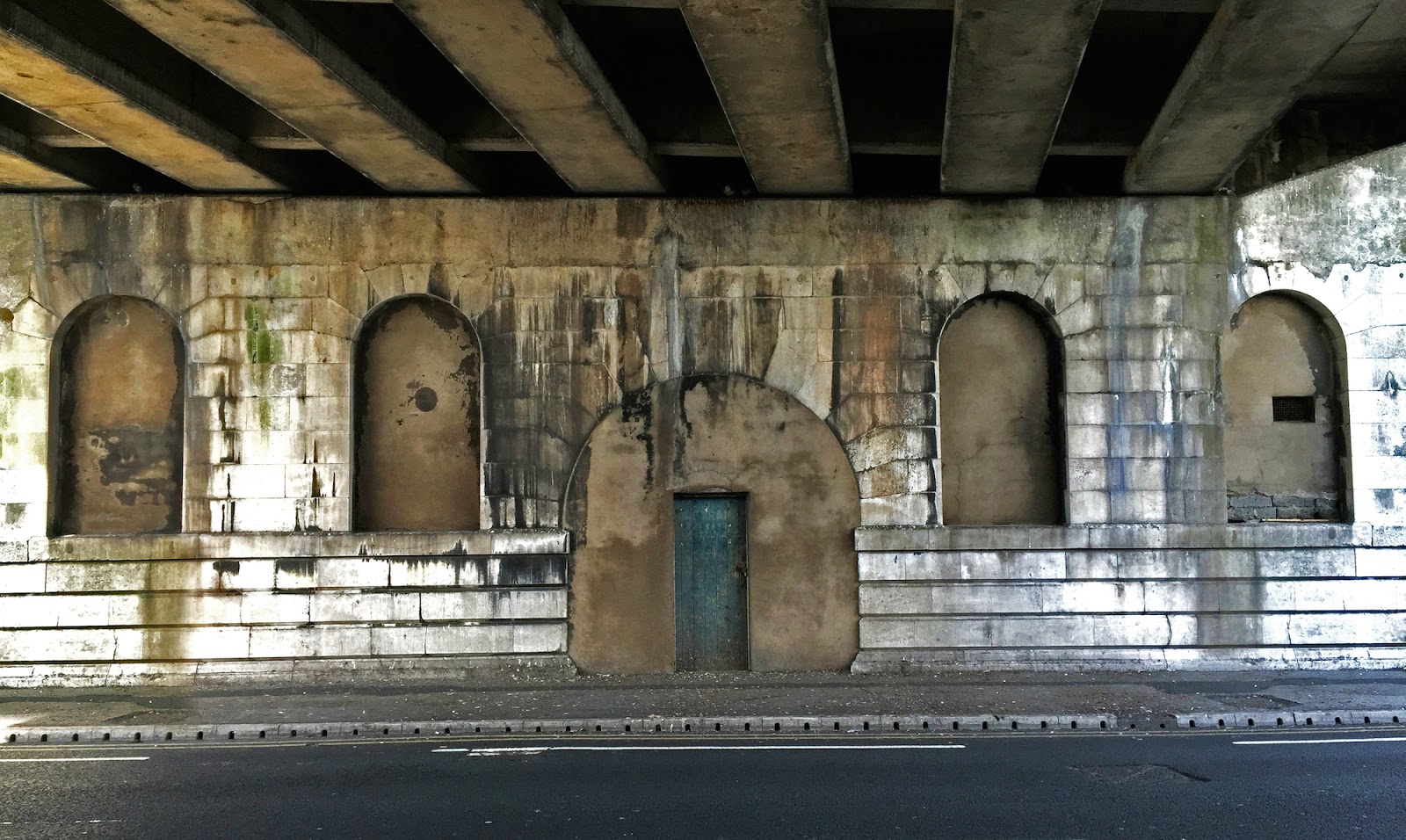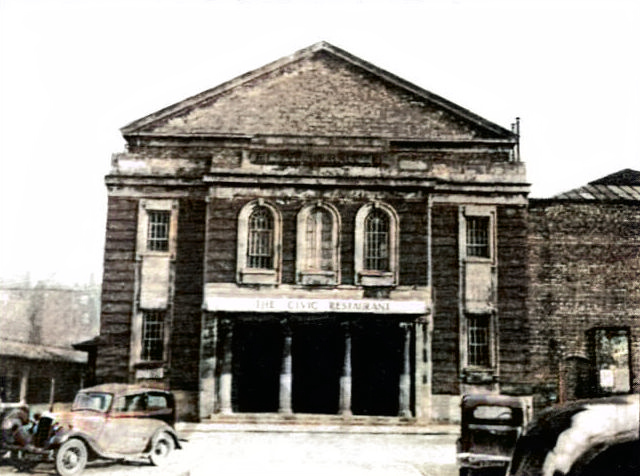 >
>
 >
>
Where Shadows Met Sustenance: The Strand's WWII Legacy During the dark days of World War II, Barrow-in-Furness, a town echoing with the clang of hammers on steel as shipbuilders raced against time, also became a target for the piercing shriek of air raid sirens and the terrifying whistle of falling bombs. But amidst the struggle and fear, a beacon of hope emerged – The Strand British Restaurant, its warm glow spilling onto the rain-slicked cobblestones under the imposing Michaelson Road bridge. #WWII #HomeFront #BarrowinFurness Part of a national initiative in 1940, this haven, nestled in the shadow of the bridge leading to Barrow Island, was one of over 2,160 set up across Britain. These lifelines, established by the Ministry of Food, offered the comforting aroma of hot stew and the clatter of cutlery to those in need, whether they'd lost their homes in the devastating roar of bombings, their ration coupons ran dry, or simply faced hard times with empty stomachs and weary souls. #BritishRestaurants #CommunityFeeding Unlike grand restaurants with sparkling chandeliers and crisp white tablecloths, The Strand British Restaurant seems to have occupied an existing building, its walls imbued with the history of the town. Modifications were made for wartime practicality. Large windows, once letting in the cheerful sunlight, were bricked up, sealing the interior in a dimness that whispered of safety and secrecy, preventing the building from becoming a beacon in the inky blackness, vulnerable to the piercing searchlights of enemy aircraft. The original grand entrance, perhaps once adorned with polished brass and gleaming glass, was replaced with a smaller, unassuming blue door, its paint chipped and faded from the salty sea air and the constant touch of hurried hands. It's even possible the sturdy bridge above, with its cold, metallic presence, offered some extra protection from the relentless rain of bombs. There's a chance the building itself, with its thick walls and solid foundation, served as a shelter for locals during the war, their huddled forms seeking refuge from the chaos outside, though concrete evidence remains elusive. While details about its exact opening and closing dates are lost to time, The Strand British Restaurant likely opened in the early war years, its bustling kitchen a symphony of sizzling pans and bubbling pots, and potentially continued serving well into the 1950s, the laughter and chatter of grateful diners echoing through its halls, as many others did. Another British Restaurant, grandly named The Civic Restaurant, existed in Barrow's old Public Hall (where a desolate car park stands today), its polished floors echoing with the footsteps of hungry patrons. Additionally, takeaway options were available on streets like Devon Street and Euryalus Street, the aroma of hearty food mingling with the scent of coal smoke and damp wool, allowing residents to grab meals on their own plates, their fingers tingling with the anticipation of a warm meal. Thankfully, while the Public Hall met its demise, crumbling under the weight of time and neglect, The Strand British Restaurant survives, a stubborn testament to resilience. You can still spot the little blue door, its paint weathered and worn, under the high bridge on Hindpool Road, the traffic rumbling overhead like a distant echo of the wartime bombs. Peer closely, and you might even make out the faded lettering of the restaurant's name, a ghostly reminder of the quiet heroism that sustained a community during wartime. So next time you pass by, with the wind whipping at your coat and the seagulls crying overhead, take a moment to remember the hungry folks who walked through that door, their faces etched with worry and their hearts filled with hope, seeking sustenance and a chance to keep going. #HiddenHistory #BarrowFurnessHistory